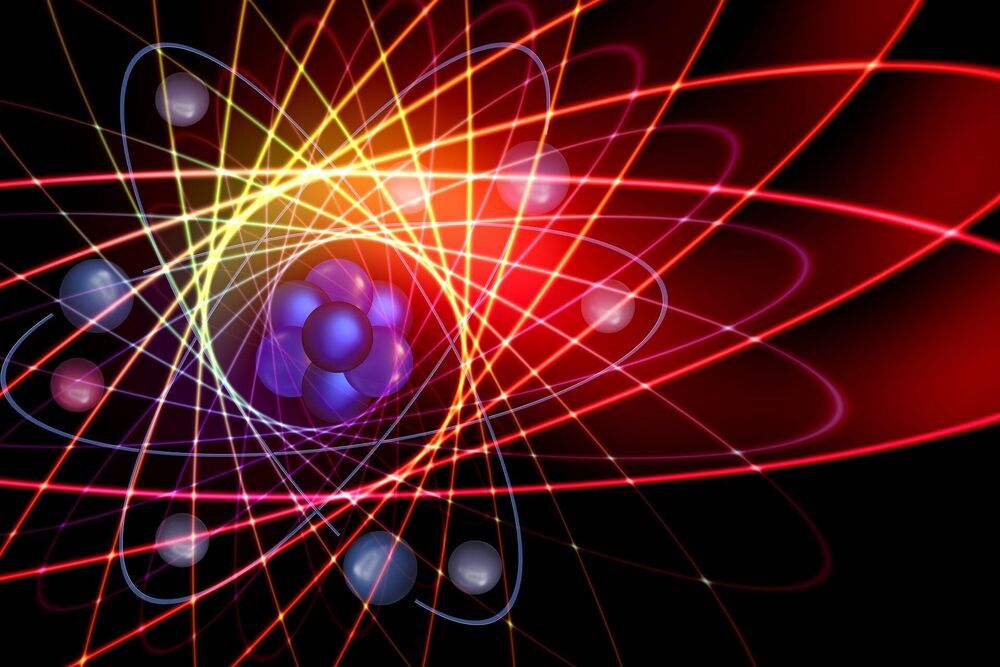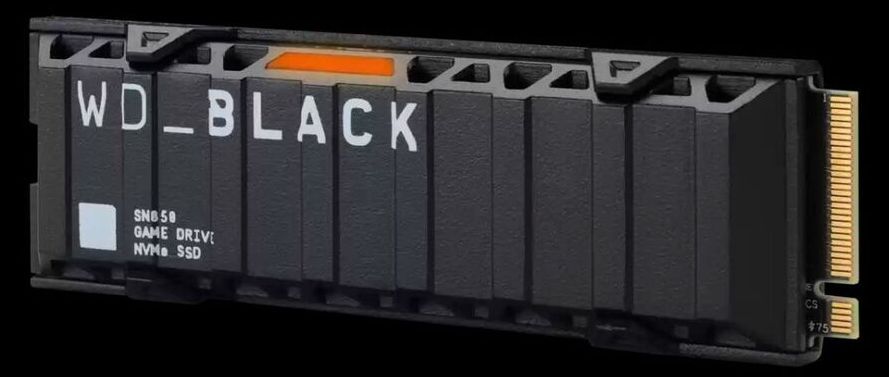A RIFF on what country is really about.
China currently has one of the most expansive and impressive high-speed rail networks on Earth, and they aren’t showing signs of slowing. As their network reaches the far corners of their nation, Beijing could be setting its eyes on what lies beyond – far, far beyond.
According to reports, China wishes to build a high-speed, 13000-kilometer (8078-mile) train that travels from mainland China, up through Siberia in Eastern Russia, under the sea through the Bering Strait into Alaska, across the rocky peaks of Canada’s Yukon and British Columbia, and into the USA. Once constructed, they have could further extend their international bullet train into every corner of the US.
The price of such an outlandish proposal? A cool $200 billion. A price tag so high, even the likes of Jeff Bezos probably couldn’t reach it.
A team of researchers affiliated with multiple institutions in China, working at the University of Science and Technology of China, has achieved another milestone in the development of a usable quantum computer. The group has written a paper describing its latest efforts and have uploaded it to the arXiv preprint server.
Back in 2019, a team at Google announced that they had achieved “quantum supremacy” with their Sycamore machine—a 54 qubit processor that carried out a calculation that would have taken a traditional computer approximately 10000 years to complete. But that achievement was soon surpassed by other teams from Honeywell and a team in China. The team in China used a different technique, one that involved the use of photonic qubits—but it was also a one-trick pony. In this new effort, the new team in China, which has been led by Jian-Wei Pan, who also led the prior team at the University of Science and Technology has achieved another milestone.
The new effort was conducted with a 2D programable computer called Zuchongzhi—one equipped to run with 66 qubits. In their demonstration, the researchers used only 56 of those qubits to tackle a well-known computer problem—sampling the output distribution of random quantum circuits. The task requires a variety of computer abilities that involve mathematical analysis, matrix theory, the complexity of certain computations and probability theory—a task approximately 100 times more challenging than the one carried out by Sycamore just two years ago. Prior research has suggested the task set before the Chinese machine would take a conventional computer approximately eight years to complete. Zuchongzhi completed the task in less than an hour and a half. The achievement by the team showed that the Zuchongzhi machine is capable of tackling more than just one kind of task.
😀
Richard Branson has finally launched to the edge of space aboard his Virgin Galactic space plane, a flight more than 15 years in the making. The billionaire has narrowly become the first person to fly on a spacecraft of their own making, beating Blue Origin founder Jeff Bezos by a matter of days.
On 11 July, the VSS Unity launched from New Mexico, taking Branson, two pilots and three other passengers on a 90-minute suborbital flight to an altitude of 85 kilometres.
“To all you kids down there, I was once a child with a dream looking up to the stars,” Branson said in a broadcast during the flight. “Now I’m an adult, in a spaceship with lots of other wonderful adults, looking down to our beautiful, beautiful Earth.”
Circa 2014 😀😍🤩
Thanks to recent breakthroughs, the insides of our refrigerators could work very differently in the coming years. Scientists at GE are perfecting a method of transferring heat that uses magnets to achieve temperatures cold enough to freeze water.
In 2015, after 85 years of searching, researchers confirmed the existence of a massless particle called the Weyl fermion. With the unique ability to behave as both matter and anti-matter inside a crystal, this quasiparticle is like an electron with no mass. The story begun in 1928 when Dirac proposed an equation for the foundational unification of quantum mechanics and special relativity in describing the nature of the electron. This new equation suggested three distinct forms of relativistic particles: the Dirac, the Majorana, and the Weyl fermions. And recently, an analog of Weyl fermions has been discovered in certain electronic materials exhibiting a strong spin orbit coupling and topological behavior. Just as Dirac fermions emerge as signatures of topological insulators, in certain types of semimetals, electrons can behave like Weyl fermions.
These Weyl fermions are what can be called quasiparticles, which means they can only exist in a solid such as a crystal, and not as standalone particles. However, as complex as quasiparticles sound, their behavior is actually much simpler than that of fundamental particles, because their properties allow them to shrug off the same forces that knock their counterparts around. This discovery of Weyl fermions is huge, not just because there is finally a proof that these elusive particles exist, but because it paves the way for far more efficient electronics, and new types of quantum computing. Weyl fermions could be used to solve the traffic jams with electrons in electronics. In fact, Weyl electrons can carry charges at least 1000 times faster than electrons in ordinary semiconductors, and twice as fast as inside graphene. This could lead to a whole new type of electronics called ‘Weyltronics’.
Pretty soon, people won’t have to provide a fingerprint or a driver license to prove their identity — if VU has its way.
The Argentina-based fraud and identity protection company announced $12 million in Series B funding Monday from backers including software developer Globant, as well as Agrega Partners, NXTP Ventures, Bridge One, the IDB Lab and Telefónica. The new funding gives the company total venture-backed investments of $20 million, CEO Sebastián Stranieri told TechCrunch.
Stranieri, who has worked in the cybersecurity industry for the past 20 years, got the idea for VU in 2007 after spending hours helping his grandmother verify her identity with the Argentinian government in what turned out to be a two-minute process.
Performance recovered!
Making good on its promise, Western Digital has deployed a new firmware for the company’s WD Black SN850 SSD, which is currently one of the best SSDs on the market. The latest firmware will restore the SN850’s write performance when the drive is installed on a M.2 slot that’s connected to AMD’s X570 chipset.
The SN850 is one of the fastest SSDs around right now. However, users were reporting a performance loss of over 40% if the SSD resided on a M.2 slot that doesn’t directly communicate with the Ryzen processor. We don’t see the issue affecting users that have the SN850 as their primary drive. But for users that have multiple SSDs and have the SN850 on an M.2 slot linked to the AMD X570 chipset, it could be a huge problem.
If you want to learn, then you have to break some things.
Summary: Brain cells snap DNA in more places and in more cell types than previously realized in order to express genes for learning and memory.
Source: Picower Institute for Learning and Memory
The urgency to remember a dangerous experience requires the brain to make a series of potentially dangerous moves: Neurons and other brain cells snap open their DNA in numerous locations—more than previously realized, according to a new study—to provide quick access to genetic instructions for the mechanisms of memory storage.
The extent of these DNA double-strand breaks (DSBs) in multiple key brain regions is surprising and concerning, said study senior author Li-Huei Tsai, Picower Professor of Neuroscience at MIT and director of The Picower Institute for Learning and Memory, because while the breaks are routinely repaired, that process may become more flawed and fragile with age. Tsai’s lab has shown that lingering DSBs are associated with neurodegeneration and cognitive decline and that repair mechanisms can falter.
To date, there have been no metrics for accurately assessing individuals’ inflammatory status in a way that could predict these clinical problems and point to ways of addressing them or staving them off, Furman said. But now, he said, the study has produced a single-number quantitative measure that appears to do just that.
You’re as old as your immune system.
Investigators at the Stanford University School of Medicine and the Buck Institute for Research on Aging have built an inflammatory-aging clock that’s more accurate than the number of candles on your birthday cake in predicting how strong your immune system is, how soon you’ll become frail or whether you have unseen cardiovascular problems that could become clinical headaches a few years down the road.
In the process, the scientists fingered a bloodborne substance whose abundance may accelerate cardiovascular aging.









